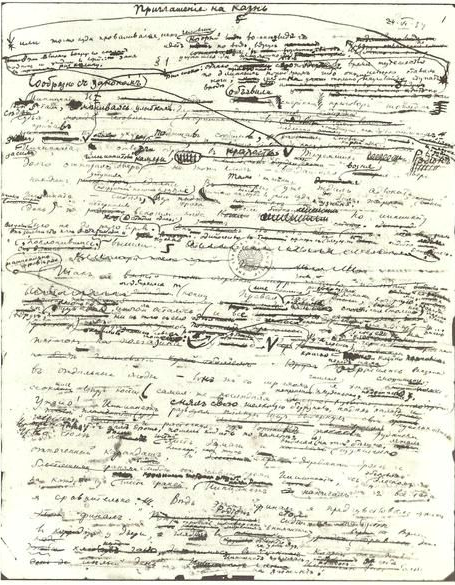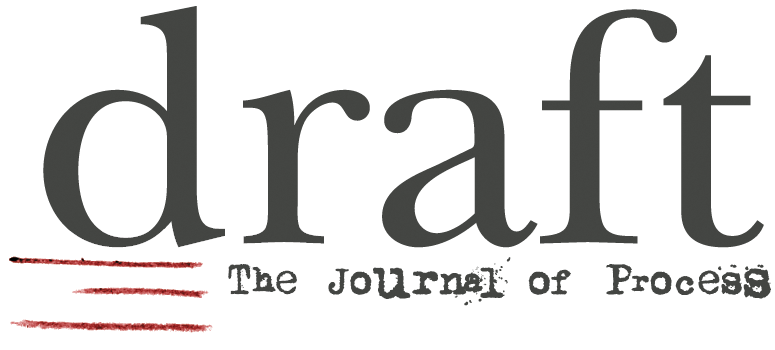
Editors' Note
It’s been a minute since we’ve published an issue. We had planned to send Issue Seven to the printer in early 2020 and have it in time for good old AWP, but a pandemic got in the way. The pandemic is still in the way to be honest, but 18 months later, we have managed to pull ourselves back into some semblance of operation and present to you an issue that spans genre and form and time itself. We’re excited for you to have this in your hands.
Issue 7 opens with a script, the first time we’ve featured screenwriting in our journal. Chris Radcliff’s film, The Strange Ones, is an unsettling quest story, centered on a young boy with a secret past and an ambiguous relationship with his traveling companion. The film maintains mystery and suspense throughout. The screenplay is a marvel of restraint and selective omission, showing respect and trust in its audience to follow along and invent for themselves. In this issue, we have a sequence of scenes from the original draft and the final shooting script of The Strange Ones, revealing reworked moments, shifted settings, and reimagined characters. Creating the mystery on screen was accomplished through hard choices and a lot of discovery on the page. The conversation with Radcliff about the process of writing and rewriting for a visual medium was a fascinating shift for draft, and we hope to feature more work by writers across disciplines.
Carmen Maria Machado’s short story collection Her Body and Other Parties has been a cultural sensation since its publication in 2017, demonstrating that bold, feminist-forward stories that bend genre and embrace experimentation not only can sell, but are precisely what a vast readership are hungry for. In this issue, we feature a first draft of one of her most widely-read stories, “The Husband Stitch.” Carmen’s process of writing this story is a wonderful example of how a writer can use an urban myth to inspire her own work, how source material can enrich a story that otherwise feels thin, and how to take cues from oral storytelling to augment and contextualize a story.
Last but certainly not least, we’ve managed to retrieve a snippet of a first draft from none other than the sci fi goddess herself Ursula Le Guin. And what an honor it is to print in our pages. While the first draft and final work are not direct re-write comparisons, you’re able to see Le Guin’s first stab at her Earthsea series, and read that against the vastly revised and rethought prose of her finished book. As we weren’t able to speak with Le Guin about her revisions, we both synthesized our own thoughts about the drafts in our own short critical pieces, arguing both for and against her revision in ways that we hope are thought-provoking and instructive.
Our cover art comes from a draft favorite Mark Vollenweider, whose impeccable line work and imaginative renderings bring to life the many women of Machado’s story. Look online at draftjournal.com for step-by-step images of his process.
We wish you well in these strange times and hope that your writing process can serve as an anchor amidst the tumult. Write. Rewrite. Breathe. You’re doing great.
Rachel Yoder & Mark Polanzak
The Editors
